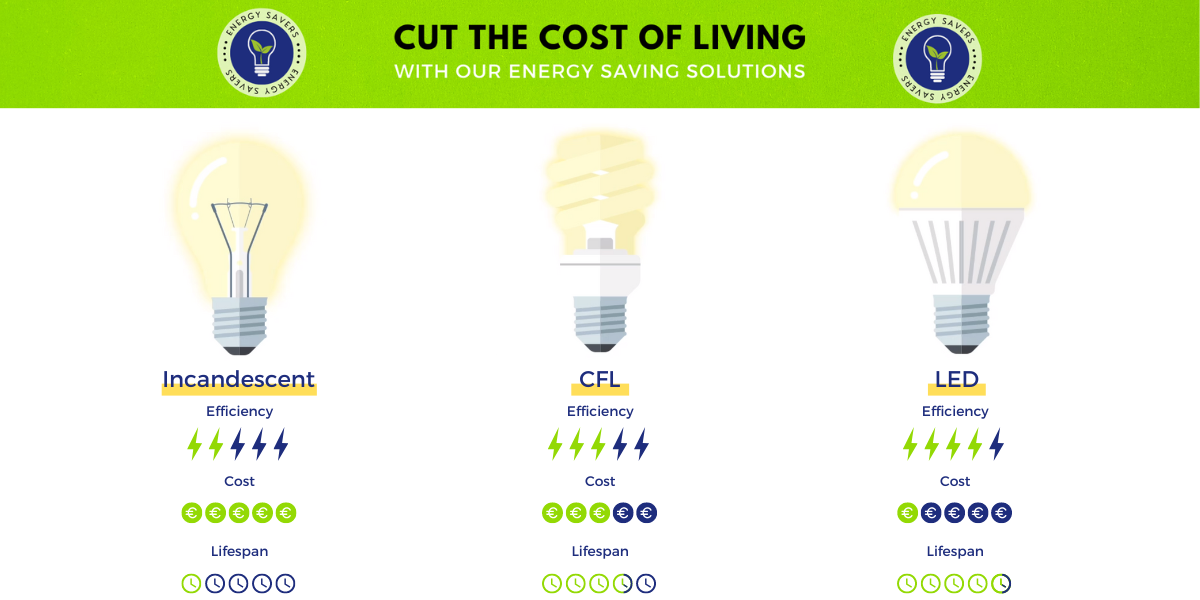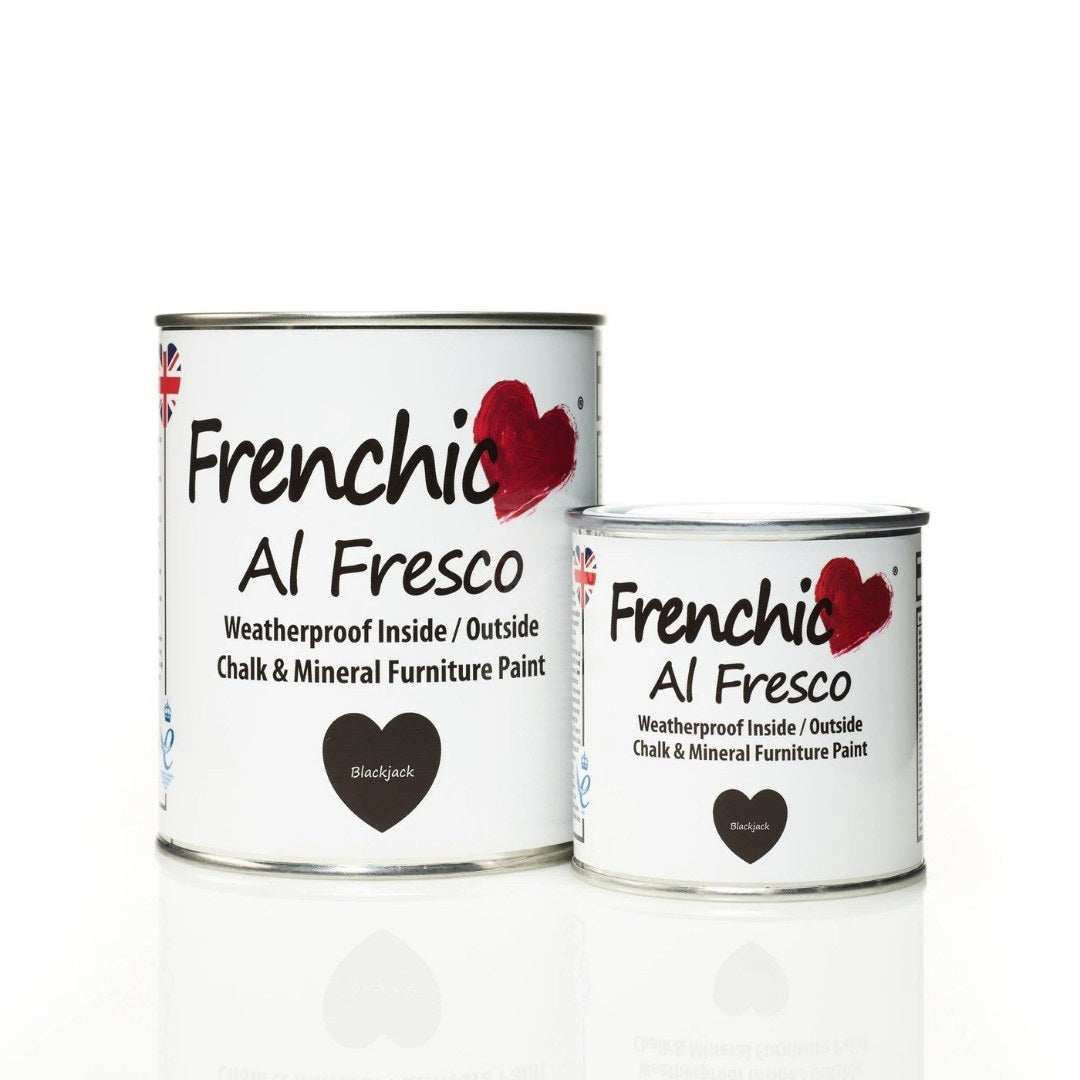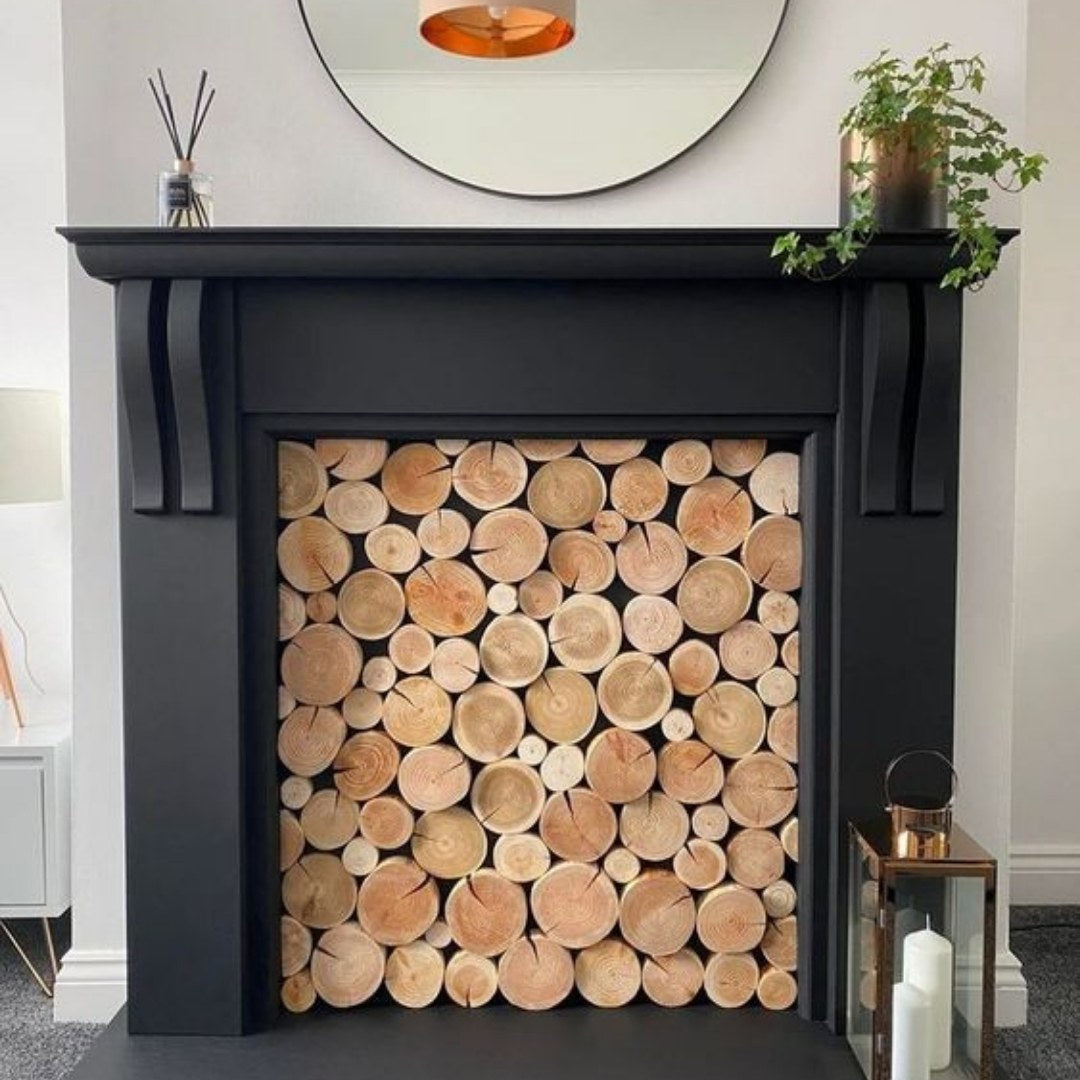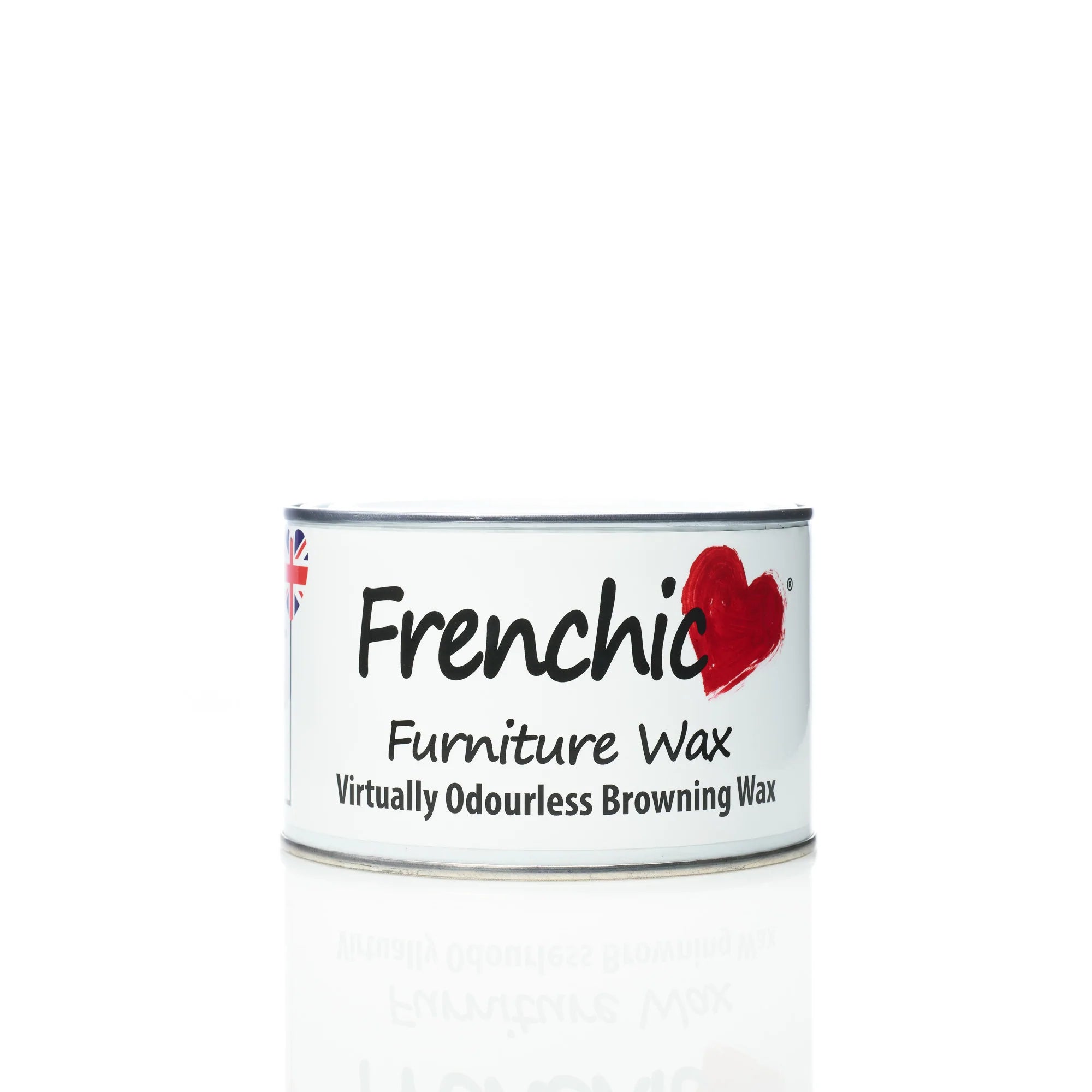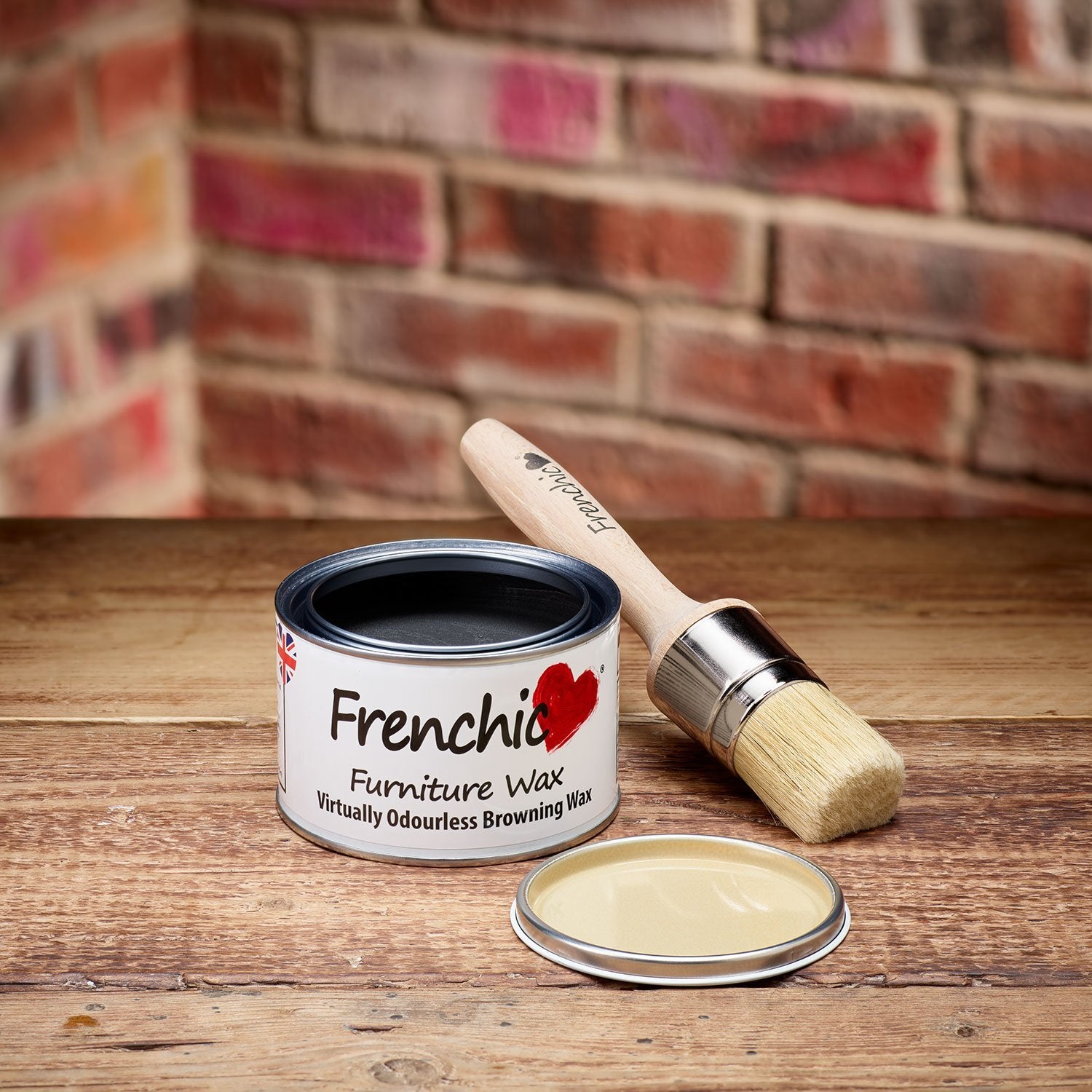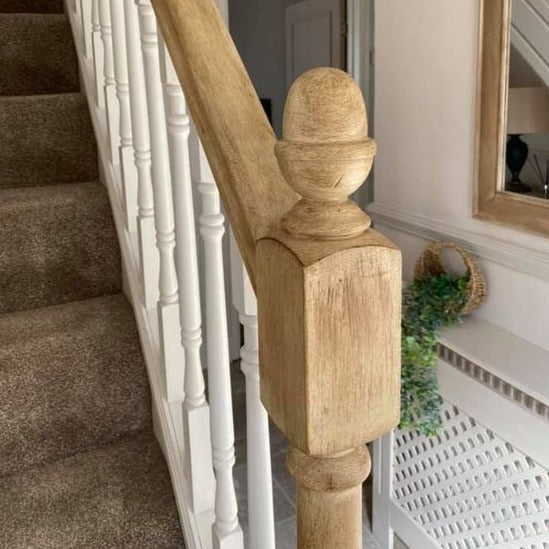Why should you switch to LED ?
With the cost of living continuing to rise, it's no surprise that everyone is looking for easy and efficient energy saving solutions. One very simple way to save money on your energy bills is to switch from halogen bulbs to new energy efficient LED. Here’s a guide to LED technology and why you might consider LED Light Bulbs for your home.
LEDs (Light Emitting Diodes)
These miniature powerhouses are by far energy efficient options overall, however you will need to spend a little more initially. Each LED uses up to 90% less energy than incandescent bulbs, and have a lifespan of up to 25 years. A single LED light could save you up to €200 in its lifespan compared to a traditional bulb.
PROS
|
|
CONS |
| 100% most energy efficient bulb | Will often cost more upfront compared to other lighting types, although in the bigger picture this will be offset by their lower energy consumption and longer lifespan. | |
| Longest lifespan – up to 25 years |
There is a possibility you’ll have to upgrade your dimmer switch when changing to LED (there are dimmable LED options available) |
|
| Familiar shapes and aesthetics as classic bulbs | ||
|
Instant light |
||
|
Works in low temperatures |
||
|
Cool to the touch |
Use these for: A long-term solution to save energy in your home.
See our full range of LED Bulbs here
 CFLs (Compact Flourescent Lamp)
CFLs (Compact Flourescent Lamp)
The most universal option for energy saving bulbs. Great value, available in a wide range of sizes and outputs, and roughly 75% more efficient than the traditional incandescent bulb.
PROS
|
|
CONS |
| 10-year lifespan (approx. 10,000 hours of use) |
Not instant brightness as the bulb takes time to reach full light capacity. Newer CFLs are better, but they’re not the best choice for areas like kitchens and bathrooms where you’d need bright light quickly.
|
|
| Available in various colour temperatures (cool to warm) |
You need to be careful when disposing of CFLs as they contain a small amount of mercury
|
|
| Good balance between price and energy savings | Not compatible with a dimmer switch | |
|
|
They tend to be temperature sensitive and don’t work well in outdoor areas like the garage or shed |
Use these for: A cheaper substitute to LED bulbs that still helps reduce your energy bill
See our full range of CFL Bulbs here
Halogens
At least 30% more energy efficient than tungsten bulbs, have a lifespan of up to two years. Similar quality and light to the traditional incandescent bulb.
PROS
|
|
CONS |
| Cheapest options for energy saving bulbs |
Very short lifespan in comparison to LED and CFL lights
|
|
| No warm-up time |
Far less energy efficient than LED and CFL options
|
|
| Compatible with dimmer switch |
Use these for: A cost effective replacement for incandescent bulbs.
See our full range of Halogen Bulbs here
FAQs
Will energy-saving light bulbs save me money?
Replacing one 60W incandescent bulb with a CFL bulb can reduce your electricity bill by around €10 a year. Replacing the bulb with an energy saving LED bulb can save you almost €12.50 a year. An average Irish home will have between 30 - 50 bulbs. Converting to LED could save between €375 - €625 on your yearly energy bill. It’s true, switching to LED will cost more up front, however LED can have a 25 year life span, so you’ll definitely make your money back in the long run. Halogen bulbs are the cheapest immediate replacement for incandescent bulbs, but you won't notice a huge impact on your energy bill and you’ll most likely have to replace them within 2 years.
I usually look at the wattage to gauge the brightness of a bulb. Will this still work with energy saving bulbs?
Wattage is the measurement of power consumption, not necessarily the brightness of the bulb. As energy efficient bulbs use less wattage, it’s not recommended to rely on this measurement alone when replacing your older incandescent bulbs. The correct measurement to gauge brightness is actually the Lumen output. Here’s a breakdown of Wattage vs Lumen Output:
|
|
|
| 100W | 1200 - 1300 | Rooms where you need very bright light. Also great for large rooms with a single light fitting. |
| 60W | 650 - 700 | The most common type of bulb – good for average-sized rooms or larger rooms with more than one light fitting. |
| 40W | 350 - 400 | Single reading lamps, or fittings that take more than one bulb. |
| 25W | 200 - 225 | Use these as ambient lights, or interior lights in cupboards, closets etc. |
Do energy saving light bulbs take a long time to reach full brightness?
An LED Light Bulb will reach full brightness as soon as it’s switched on. Often, CFL bulbs can take a few seconds to warm up
What’s the light like from energy efficient bulbs?
You can choose the best light for your space. A traditional tungsten bulb has a warm yellow tone to them. The LED equivalent is known as warm white or soft white with a Colour Rendering Index (CRI) of at least 80.
What is the Colour Rendering Index (CRI)?
It indicates how well a bulb highlights colour. Many bulbs can have a similar “soft warm” light, but the bulb with a higher CRI will showcase colours with a stronger vibrancy. You would use a bulb with a higher CRI in a room where colour is an important design feature. A CRI of 80 is a suitable benchmark for most rooms.
What is colour temperature?
Colour temperature is how we gauge the warmth or coolness the light appears. The measurement is in degrees Kelvin (K). The warmer the light ( i.e yellow or orange light) the lower the value: 2700K - 3000K. The cooler the light (i.e blue or white light) the higher the value: 5000K - 6500K. You would use cooler lights in rooms where you’d want maximum visibility, like a kitchen or a bathroom. Warmer, softer light is best used in rooms where you want to relax, like a bedroom or living room.
Do CFLs contain mercury? Are they bad for the environment or dangerous?
Yes there is a tiny trace of mercury in CFLs, however not enough to harm people. We’d recommend you still be mindful when cleaning away broken lamps.
How do I dispose of energy saving bulbs?
LEDs and halogen bulbs can go into your normal household waste, but due to the small amount of mercury contained in CFL bulbs, they have to be recycled properly. A quick search online will help you locate your nearest council recycling point, or bring them into us at Weirs of Baggot St and we can dispose of them for you.
We're putting out new content every week in the lead up to Christmas - be sure to follow us on our Pinterest Page for Christmas Inspiration. Weirs of Baggot Street is Social. Check us out on our social profiles Facebook, Instagram, Youtube and Tiktok


